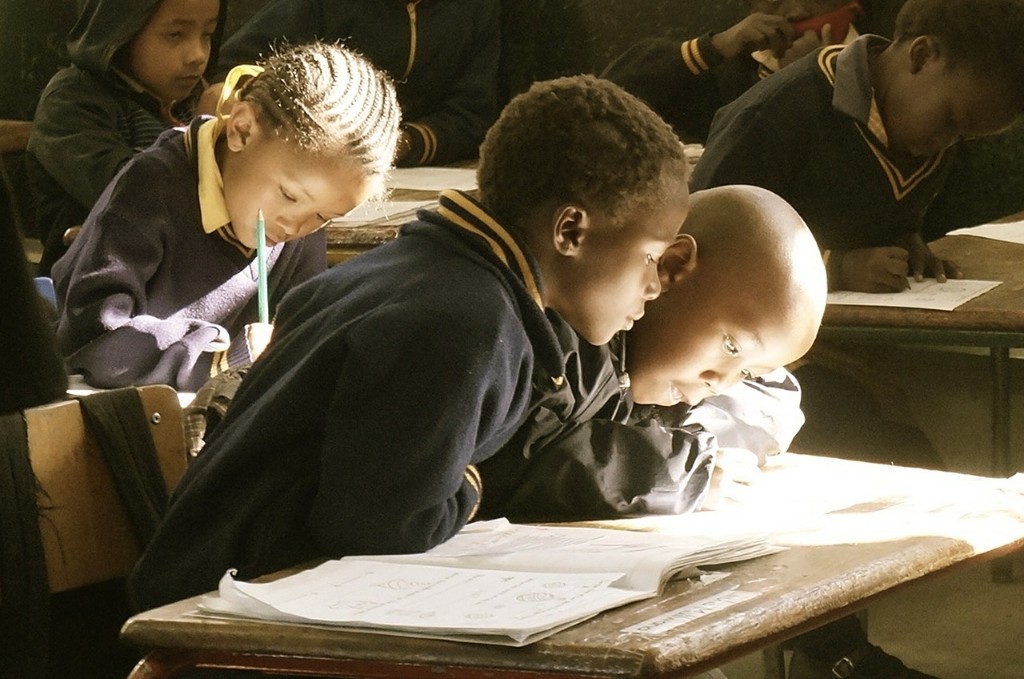Only eight traditional public or charter schools in D.C. are leading in racial and economic diversity, according to a new report titled “Landscape of Diversity in D.C. Public Schools: What Does School Diversity Look Like in D.C.?” which was released by the think tank D.C. Policy Center.
Authored by Chelsea Coffin, the director of the Education Policy Initiative, the report provides a peek into the racial and ethnic diversity in public schools of D.C. and how it has changed in the recent years.
“We found that when we overlaid both types of diversity, only eight schools were the most diverse in each category, which was surprising to me,” said Coffin.
The report states that D.C.’s public school students are less diverse than the general school-age population. “And many schools are less diverse than the overall student body, suggesting that some schools pool together students of similar racial, ethnic, and income backgrounds,” according to the report.
From 2014-15 to 2016-17, according to the report, D.C. public schools admitted over 4,500 students from pre-kindergarten to grade 12. But during the same period, the report adds, the “proportion of African American students decreased by four percentage points, the proportion of Latino students increased by three percentage points, and the at-risk student population declined by three percentage points.”
In its key findings, the report states that D.C. schools have a lack of racial and ethnic diversity. It was also found that school choices are accompanied by economic diversity. “Economic diversity is higher at public charter schools than at District of Columbia Public Schools, or D.C.P.S. (with a median score of 38 percent at public charter schools compared to a median score of 28 percent at D.C.P.S. schools),” the report notes, adding that racial and ethnic diversity is also larger at D.C.P.S. schools than public charter schools.
The report also points out the lack of socioeconomic diversity in Wards 2 and 3, and lack of racial and ethnic diversity in Wards 7 and 8.
“The city’s schools have a long way to go to achieve racial and ethnic diversity even given demographics of the current student body, but economic diversity has the potential to decrease as less students are identified as at-risk,” the report says.
“To maintain and increase diversity, schools that want to be diverse need to focus on both race and ethnicity and economic status, especially at the 18 schools with less than 10 percent of students who are at-risk that tend to also have very high wait lists,” the report concludes.
The report also advises schools to work towards improving diversity as part of their mission involving teachers, students and families for achieving true integration.

